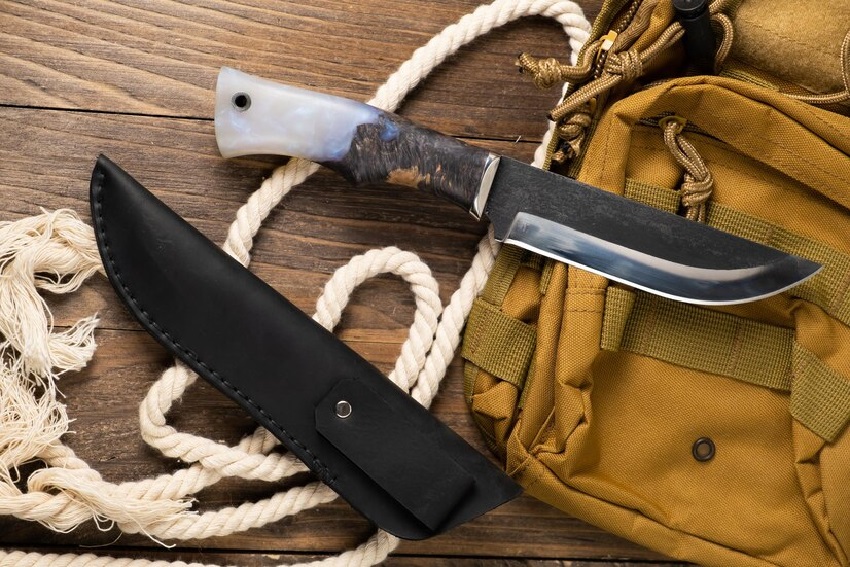In the world of culinary arts, the construction of a knife is just as important as the skills of the chef using it. One aspect that often goes unnoticed but plays a significant role in the performance and durability of a knife is the tang. Understanding the different tang types and their importance can elevate a kitchen professional's ability to select the right tool for the job.
The tang is the part of the knife blade that extends into the handle. It contributes to the balance, strength, and overall feel of the knife. Depending on its design, it can drastically affect the knife's utility and longevity.

Full Tang Knives: The Ultimate in Strength
Full tang knives are known for their strength and durability. In these knives, the tang extends the full length of the handle and is usually visible from the top and bottom. This design offers exceptional balance, making it easier for kitchen professionals to perform precise cuts with minimal effort. The full tang construction is ideal for heavy-duty tasks, such as cutting through bones or tough vegetables.
Many high-quality kitchen knives feature a full tang due to the stability it provides. For chefs who require precision and reliability, investing in a full tang knife can be a wise decision. Learn more about the blade honing techniques to maintain your full tang knives.
Partial Tang Knives: Lightweight and Versatile
Partial tang knives, where the tang extends only partway into the handle, offer a lighter alternative. This type of tang is often found in more affordable knife options, making them accessible to a wider range of kitchen professionals. While they may not offer the same level of strength as full tang knives, partial tang knives can still be suitable for everyday tasks such as slicing fruits and vegetables.
It's crucial to handle partial tang knives with care, especially when dealing with harder ingredients, to avoid compromising their structural integrity.
Hidden Tang Knives: Elegance Meets Functionality
Hidden tang knives feature a tang that is not visible from the outside, offering a sleek and elegant appearance. These knives often appeal to chefs who desire a refined aesthetic in their kitchen tools. Despite their elegant design, hidden tang knives can still provide substantial strength, particularly when made by skilled artisans.
For those interested in the artistry of knife making, hidden tang knives are often considered pieces of functional art. Discover more about the chisel grind characteristics that complement hidden tang knives.
Rat-Tail Tang Knives: Cost-Effective and Common
Rat-tail tang knives are typically found in mass-produced kitchen knives. They have a thin tang that extends through the handle, offering a cost-effective production method. While these knives are not known for their strength, they are prevalent in many household kitchens due to their affordability.
For kitchen professionals, it's important to recognize the limitations of rat-tail tang knives, particularly when used in demanding culinary environments. Understanding the saber grind applications can help in selecting complementary blades for specific tasks.
Choosing the Right Tang for Your Needs
The choice of tang type should align with the specific needs and preferences of the kitchen professional. While full tang knives offer unparalleled strength, hidden tang knives may appeal to those who prioritize aesthetics. Partial tang and rat-tail tang knives offer lighter and more affordable alternatives, respectively.
Incorporating the right tang type into your knife collection can enhance your culinary capabilities and ensure that you are equipped to handle a variety of tasks with precision and confidence. For a deeper understanding of knife types, visit this comprehensive guide.

FAQs
What is the importance of a full tang knife?
A full tang knife offers superior balance, strength, and durability, making it ideal for heavy-duty tasks in the kitchen.
Are partial tang knives durable?
While partial tang knives are lighter and more affordable, they may not offer the same level of durability as full tang knives, especially for tough tasks.
Which tang type is best for aesthetic appeal?
Hidden tang knives are often chosen for their sleek and elegant appearance, making them a popular choice for chefs who value aesthetics.
This article contains affiliate links. We may earn a commission at no extra cost to you.


























